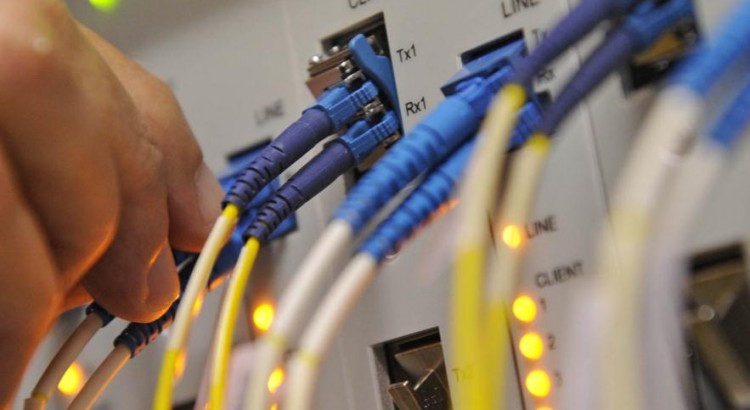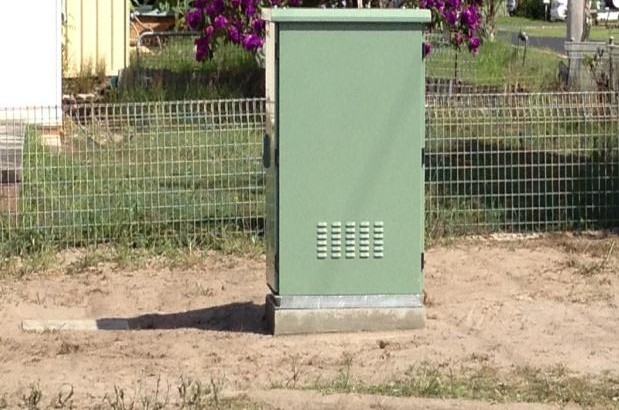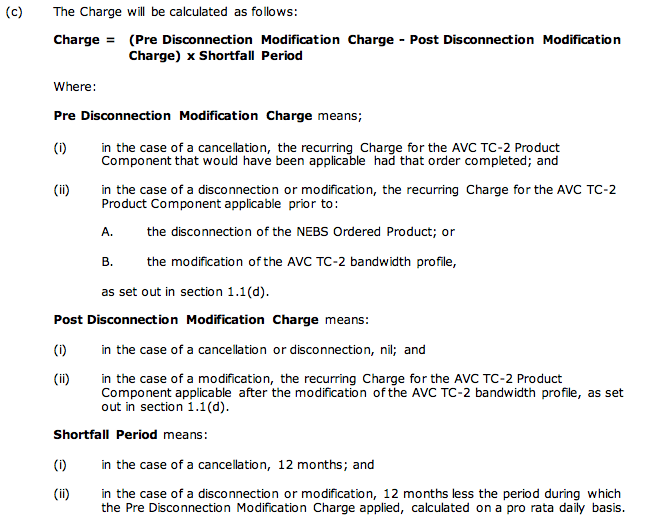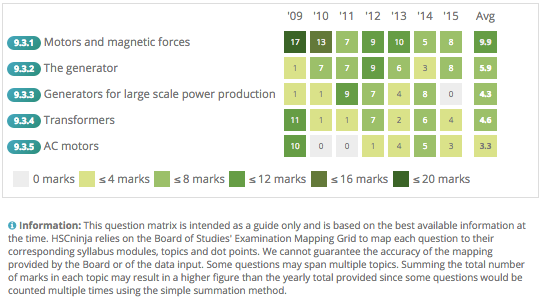Service providers may be eligible for a rebate to upgrade existing users to higher speed tiers
The company responsible for building the National Broadband Network, nbn, will introduce a three-month credit scheme designed to promote the uptake of higher speed tiers on its network. The “Step Up AVC Credit” will see service providers refunded up to $33 over 3 months for upgrading existing customers to a higher speed tier.
End users must stay on the new tier for a minimum of 90 days to be eligible for the credit.
Rebates range from $9 to $33 over 3 months:
- 12/1 Mbps to 25/5 Mbps: $9 over 3 months
- 12/1 Mbps to 50/20 Mbps: $21 over 3 months
- 12/1 Mbps to 100/40 Mbps: $33 over 3 months
- 25/5 Mbps to 50/20 Mbps: $21 over 3 months
- 25/5 Mbps to 100/40 Mbps: $33 over 3 months
- 50/20 Mbps to 100/40 Mbps: $21 over 3 months
In an effort to reduce congestion and lower CVC congestion, the credit has strict guidelines about the state of congestion within the network. Any connectivity virtual circuit connected to end users applying for the “Step Up AVC Credit” cannot exceed an average of 95% of network utilisation for 4 consecutive 15 minute intervals in any 24 hour period.
During this campaign, nbn will also co-fund marketing activities associated with the “Step Up AVC Credit” at $1.50 for each eligible AVC.
The scheme will start in November 2016 and finish at the end of March 2017.
[Source: NBN Co]



